
Simplifying Financial Confusion
LEARN CASH FLOW HACKING TO REACH FINANCIAL FREEDOM
Used by 90% of millionaires to reach their financial goals 4x faster
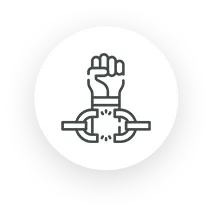
Achieve Financial Freedom Through Cash Flow Hacking
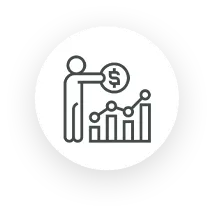
Increase Your Lifestyle While You Build Your Wealth

Position Yourself to Thrive in Market Downturn
YOU SHOULD NOT FEEL OUT OF CONTROL ABOUT YOUR FINANCIAL STRATEGY
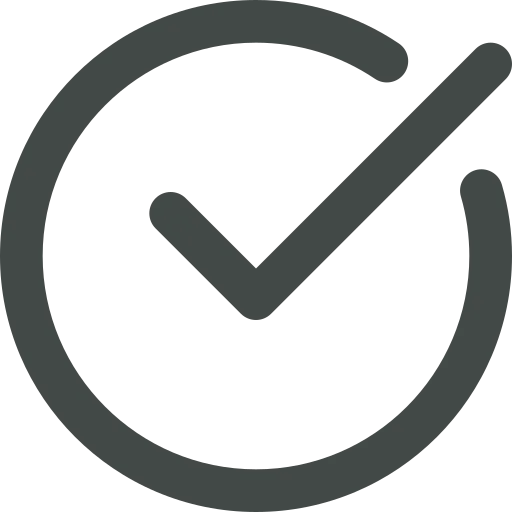
Have easy access to your money in case of emergencies and opportunities

Use the investment strategy 90% of millionaires use

You deserve a clear plan to consistently grow your money and avoid market uncertainty

Have a guide and advisor that has your best interest in mind

Do not overpay in taxes

Stop guessing at the best vehicles to protect and grow your money
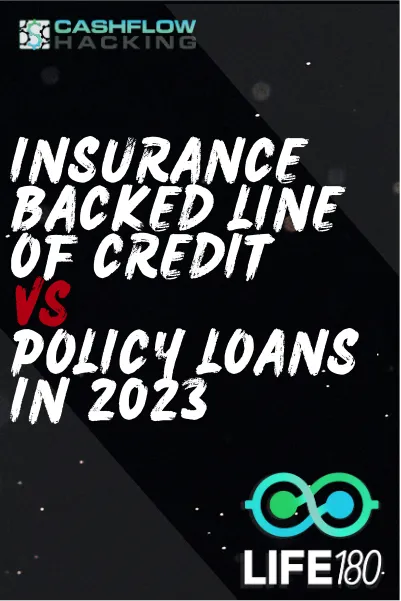
IBLOC (Insurance Backed Line of Credit) vs Policy Loans In 2023
IBLOC (Insurance Backed Line of Credit) vs Policy Loans In 2023
This document serves as a written transcription of the content presented in the video available on the LIFE180 YouTube channel.
A key powerful element of a whole life insurance policy is the ability to leverage the cash value for investment opportunities, for an emergency fund, for collateralized opportunities in a lot of different ways.
One of the ways that people have really taken advantage of this over the past couple of years is through what's called an Insurance Backed Line of Credit (IBLOC) or cash value line of credit (CVLOC) through third party banks. It works very similar to a home equity line of credit on the equity of your home. It utilizes the cash value as collateral to guarantee the line of credit.
IBLOC vs Policy Loans: A 2023 Comparison
Does it still make sense today? A year and a half ago, insurance-backed lines of credit were immensely popular because they offered a wide range of possibilities and allowed for significant flexibility, creating positive arbitrage on a guaranteed basis for a set period of time.
So the question now is, with rising interest rates and the evolving landscape in banks and insurance companies, what does an insurance-backed line of credit look like today? That's what we're going to get into. We are going through the insurance-backed line of credits versus the policy loan provisions inside of a whole life insurance policy.
If you have a whole life insurance policy or if you are looking to get one and you're looking to leverage the cash value in the life insurance policy, does it make sense to use a third party bank to get a line of credit and collateralize that whole life insurance policy? Or does it make sense just to use the policy loan provision inside of the whole life policy in general?.
The Rise and Fall of Insurance-Backed Lines of Credit
So there's some things that are really important to contemplate and to understand. So first off, when we talk about an IBLOC, remember that it can also be called a cash value line of credit or CVLOC, that's another acronym for what we're talking about. These are both just ways to compare using and leveraging the cash value in the policy, utilizing that cash value as collateral to get a line of credit associated with it.
A few years ago, it was possible to obtain a line of credit backed by the cash value of a life insurance policy at 2.25% (CVLOC). To understand what was happening, let's consider the scenario where individuals had $200,000 in net cash value in their whole life insurance policies. They could use this $200,000 as collateral because the policy's loan provision allowed for 5% interest rates.
This didn't make sense when they could go to a bank and secure a 2.25% rate, right? It's an arbitrage opportunity. Instead of paying 5%, they could pay 2.5% while earning a 5% dividend. This difference allowed them to benefit by using the borrowed funds for investments such as real estate, effectively amplifying the entire process.
Now, here's the cool part. I think this is one of the reasons I love whole life insurance so much, is because of the flexibility and the fact that when you buy into a participating mutually held company you are partnering with the insurance company and you are using them to manage your risk and the purchasing power of your cash value of your savings.
From a long-term perspective, you're gonna earn enough money. That's gonna be a hedge against inflation. It's gonna be better than a bank account return long term as far as the internal rate of return of that policy. You'll receive all the additional benefits, including life insurance and living benefits. If you ever become terminally or chronically ill, whether in retirement or at any time, you have access to the death benefit while you're still alive. And that's a great advantage.
Navigating Expensive Lines of Credit in 2023
Here's the updated scenario. Let's say we were in 2021. Now, it's 2023. The challenge is that the interest rate has increased from 2.25% to approximately 8.5% to 9%. These cash value lines of credit operate by charging a prime plus rate, and typically, the prime plus rate is around 0.5% on top of the prime rate. Currently, the prime rate is 8.25%. Depending on the value of your cash value line of credit, many individuals have seen this rate climb from 2.25% to 8.5% to 9%. This significant increase is causing considerable issues for many people.
The good news is, if you have a cash value line of credit, I highly recommend refinancing that debt and utilizing the policy loan provision. Chances are, you're currently paying a much higher interest rate, around 8.5% to 9%, whereas initially, you were paying only 2.25%. Now, you can refinance at an interest rate in the 5% range through a whole life insurance policy loan. It might be around 5.5% or 5.75%, depending on your insurance company. Nevertheless, it's still a better option compared to the rates offered by a cash value line of credit.
Unleashing the Power of Whole Life Policy Loans in 2023
The intriguing part about the whole life insurance policy is that even in 2021, many people questioned why they would ever consider a 5% rate. After all, mortgages were available at 3.5%, 3%, or even as low as 2.8%, while cash value lines of credit could be secured at 2.25%. Paying 5% seemed counterintuitive. However, the timeless principles of this concept remain consistent. Thanks to the flexibility of a whole life policy, rooted in the guarantees of cash value, banks are continually eager to lend against these assurances. A lesser-known fact is that whole life insurance policies have an 8% cap on the loan rate. Now, with interest rates on the rise and prime rates reaching 8.5%, as well as mortgage rates for investment properties climbing to the 7.5% to 8% range.
However, there's a silver lining to this. Whole life insurance policies remain steady in their performance. Despite the fluctuating external interest rates, the internal loan rate cap of 8% within the policy provides stability. This allows you to benefit from a consistent and predictable financial tool.
Suddenly, having access to $200,000, $300,000, or $400,000 within a cash value policy, from which you can borrow and leverage at 5%, becomes significantly more potent and robust than ever before.
When to Hold Off on IBLOC: A 2023 Perspective
So, the current situation suggests that, and here's the beauty of whole life insurance once again, it's advisable not to utilize an insurance-backed line of credit at the moment. Why? The rates for insurance-backed lines of credit have significantly increased and are currently not economically viable. The sense in using an insurance-backed line of credit becomes apparent when market conditions fluctuate, with lower rates offered by banks, and the future remains uncertain.
I had been actively listening to various economists and individuals with strong opinions across the spectrum. Some hold the belief that interest rates must decline, and they argue that the overall strength of the economy and consumer confidence relies on the expectation of decreasing rates. If such a scenario unfolds, it will act as a stimulus. Consequently, it may return the focus to the domain of cash value lines of credit.
However, in the event that interest rates continue their ascent, it's essential to remember that during the early 1980s, rates surged to astonishing levels of around 19% to 20%. While I don't foresee a return to such extremes, even if rates were to reach 10% or 11%, your cash value loans, governed by the policy loan provision in your whole life insurance policy, will not surpass 8%. These loan rates are tied to the Moody's Bond Index, but they are capped at 8%.
Total Control: Leveraging Wealth with Whole Life Insurance
When you consider it from this angle, you realize the incredible power of this tool. And there are various approaches to examine this, bearing in mind that when you delve into these figures, you're essentially looking at the prime rate and its impact on the federal funds rate, which, in turn, steers the entire economy.
Whether you're venturing into private financing, engaged in real estate fix-and-flips, exploring hard money lending, or simply seeking funds for your own investment ventures, no matter which role you play in this financial equation, having capital within your whole life insurance policy gives you the advantage. You can exert control and leverage these funds as needed, empowering you to pursue your financial endeavors to their full potential.
Certainly, let's break down the scenario. Imagine you have $200,000, and the market is reflecting a typical mortgage rate of 10%. Presently, real mortgage rates are around 7.5% to 8%, and they appear to be moving in the same upward direction. If you find yourself in this situation, and interest rates are at this higher level, with the assurance that you won't pay more than 8% by utilizing your whole life insurance policy, you can act as a private money lender. To illustrate further, let's assume hard money lending rates are presently in the range of 14% to 16%. If they climb to 18% to 20%, and you can secure funds at only 8%, you can provide loans to others at 20%. This allows you to secure a well-collateralized hard money loan, essentially guaranteeing a 12% return.
This underscores the advantage of leveraging your whole life insurance policy's cash value using the policy loan provision, demonstrating how it can be a lucrative financial strategy.
Refinance Your IBLOC into Policy Loans If Possible
Over time, it's advisable to consider refinancing if you've been using a cash value line of credit. You can cash out and repay the policy by utilizing the policy's cash value and its loan provision to clear the outstanding cash value line of credit, effectively closing it. Then, shift the entire amount into the whole life insurance policy's loan provision, reducing your cost of borrowing in this scenario.
Now, in this position, you ride it out until interest rates decrease. Ensure you maintain a good credit score and eligibility for loans. If rates eventually come back down, you can refinance and revert to an insurance-backed or cash value-backed line of credit, creating a flexible approach for managing your finances.
By using these strategies and carefully leveraging your cash value, managing your line of credit and policy loan provision effectively, you can significantly boost the returns within your policy. Additionally, if you're exploring investment opportunities, particularly in real estate, the rates you'll receive and pay through your whole life policy's loan provision are currently more favorable than those offered by banks. This represents a remarkable financial advantage that you should take into consideration.
If you operate in the hard money lending space, utilizing and leveraging your whole life insurance instead of providing general loans from a regular bank account can be an exceptionally powerful strategy.
If you haven't explored this concept yet, I have an informative video titled "Infinite Banking Simplified." It's a great resource for those new to leveraging whole life insurance in this manner. This video explains why you should consider utilizing your whole life insurance cash value rather than using cash directly from a bank. To explore all my content, simply follow this link. I suggest beginning your journey there to gain a deeper understanding.
So if you have any questions about all this, feel free to chime in, leave a comment in the comment section below. If you're dealing with this yourself and you need help looking at it, you can schedule a Clarity Call with somebody on the team. We can help guide you through that as to what makes sense or what may not make sense for you. We can give you a little coaching on that.
That's all for now. I just wanted to hop on here because I'm getting a lot of questions about this line of credit. Should I use a third-party bank? Should I not? Should I use a policy loan provision? Does it make sense? How does all that work? And at the end of the day, it all changes based on the market environment that we're in, and right now, this is kind of where we are.
So hopefully you found value in this. If you did, please like it, share it, and get this article out there to people. Until next time, have a blessed, inspirational day. We'll talk soon.
HOW TO START TAKING CONTROL OF YOUR FINANCES BY MAXIMIZING YOUR CASH FLOW AND PROTECTING YOUR ASSETS
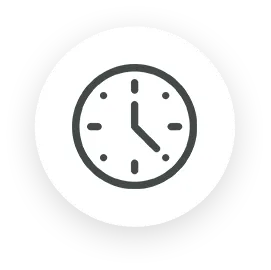
1. Schedule Your Free Clarity Call
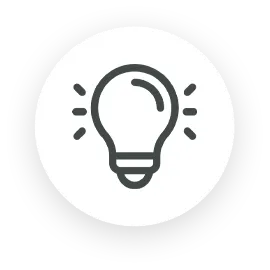
2. Create a Free Customized Plan
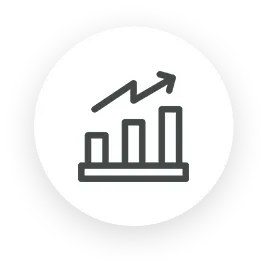
3. Get Guide to Financial Success
GET YOUR FREE COPY TO STOP USING OUTDATED RETIREMENT STRATEGIES
Cash Flow Hacking teaches you to:
Protect Your Investments
Thrive in bad markets
Reach financial freedom faster
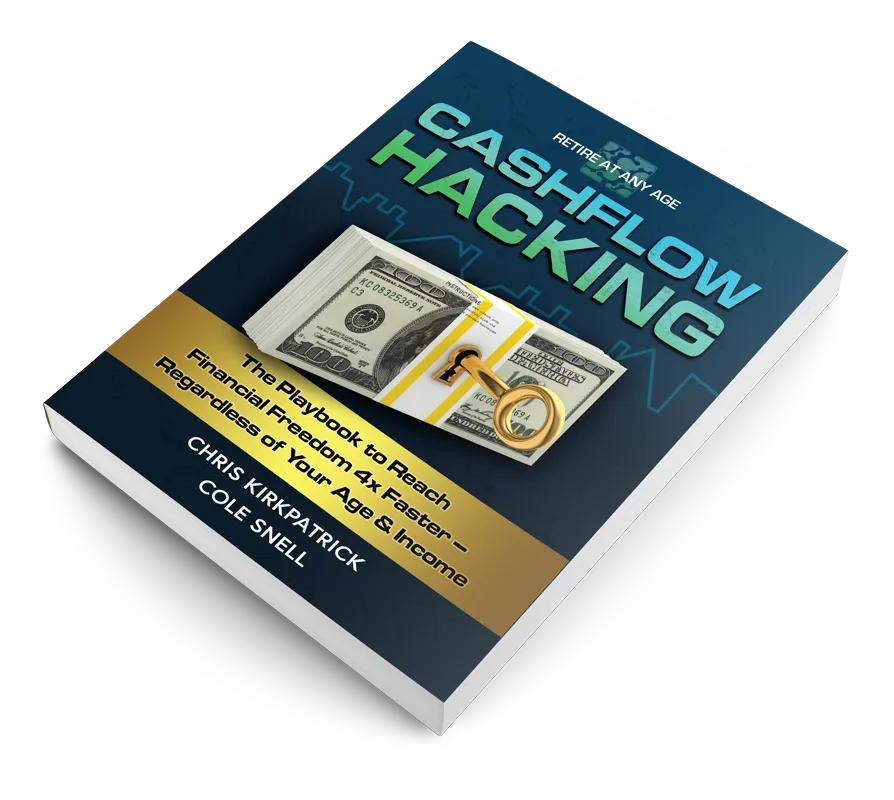
ARE YOU LOOKING FOR:
Cash Flow Hacking teaches you to:
Security to protect your money
Increased cash flow and lifestyle
Inflation protection
Financial certainty in all economic environments
A reduction in taxes
Safe and fast access to your money with no penalties
WHO IS THIS PROGRAM FOR?

People looking for an alternative
Are you looking for alternatives to Wall Street’s “buy and hold” strategy that takes 40 years with uncertain results? Our Cash Flow Hacking strategies provide you the building blocks to get started on the right foot

Passionate Entrepreneurs
Are you looking for a financial strategy that will take your best assets (you and your businesses) and multiply their potential? Our Cash Flow hacking strategies will teach you how to invest for the future without sacrificing building your business

Real Estate
Investors
Are you a real estate investor who is burned out from being a landlord or playing the fix-and-flip game? Our Cash Flow Hacking strategies will provide you with the system to create predictable wealth AND give you the freedom you are looking for.
YOU DESERVE PEACE OF MIND AND A PLAN THAT WILL PROTECT YOUR FAMILY AND GROW YOUR WEALTH
Today you need to be more savvy than ever if you try to go at it alone.
Losing money to inflation, taxes, and just poor investment strategies is leaving you frustrated, feeling out of control and not knowing where to turn. To add to the problem, the market is flooded with advisors who have outdated advice that does not place your best interests first, but instead focuses on charging you a fee that creates guaranteed cash flow for them.
NOT YOU
We believe this is wrong and that your security and best interests should be placed first. We believe you should be in a position where you control your money, your money doesn't control you. We understand because we talk with hardworking people everyday that are losing money in the markets based on old information and feel like they are guessing at the best course of action.
We created the Cash Flow Hacking plan to help you have security and control of your money to take advantage of life's opportunities because you deserve peace of mind with your wealth. The old way of planning for retirement of… Go to school Get a job & save as much as you can in your 401k and mutual funds...is broken.
You have been lied to. Think about it, where else in life does someone tell you that the most certain way to achieve your desired result is to take on more risk? The math just doesn't work, and the results are showing in our country and world. Did you know that 90% of millionaires in the United States have 1 asset in common?
Hint: it's not stocks or mutual funds (and no...it's not crypto) How much sense does it make for you to work hard, save money, reduce your current lifestyle (because that's what you are doing when you save for the future - taking money you could use on lifestyle today and delaying gratification to a future unknown time), and hope that whatever you are doing will work three to four decades from now? If you're thinking, "not much sense at all…", you are in the right place.
With over 50 years of experience on our team, we have worked with thousands of individuals and families to achieve financial freedom faster and with more predictability by helping them invest for Cash Flow.
How does the Cash Flow Hacking Plan work? 1. Take the Cash Flow Hacking Challenge 2. Complete the LIFE180 X-Ray and determine what your Freedom Number is 3. Work with a Cash Flow Hacking expert to provide you a customized plan
The customized Cash Flow Hacking plan will give you clarity on where you are now, where you want to go (and in what time frame), and what you need to do to get there predictably.
We value and commit to you: We believe you deserve the best financial education and guidance We believe financial decisions should not be rushed but be well thought out with a plan We believe you should be in control of your money We believe we earn your trust through time, education, and proper due diligence Without a proper plan and guidance, your money can be lost to taxes, inflation, and bad investments You deserve more with the most up-to-date strategies to mitigate your risk, control your money, and earn stable returns regardless of the market Schedule a call here to attain your LIFE180 Financial X-Ray now or get started with the Cash Flow Hacking Challenge for free.
I am interested in...